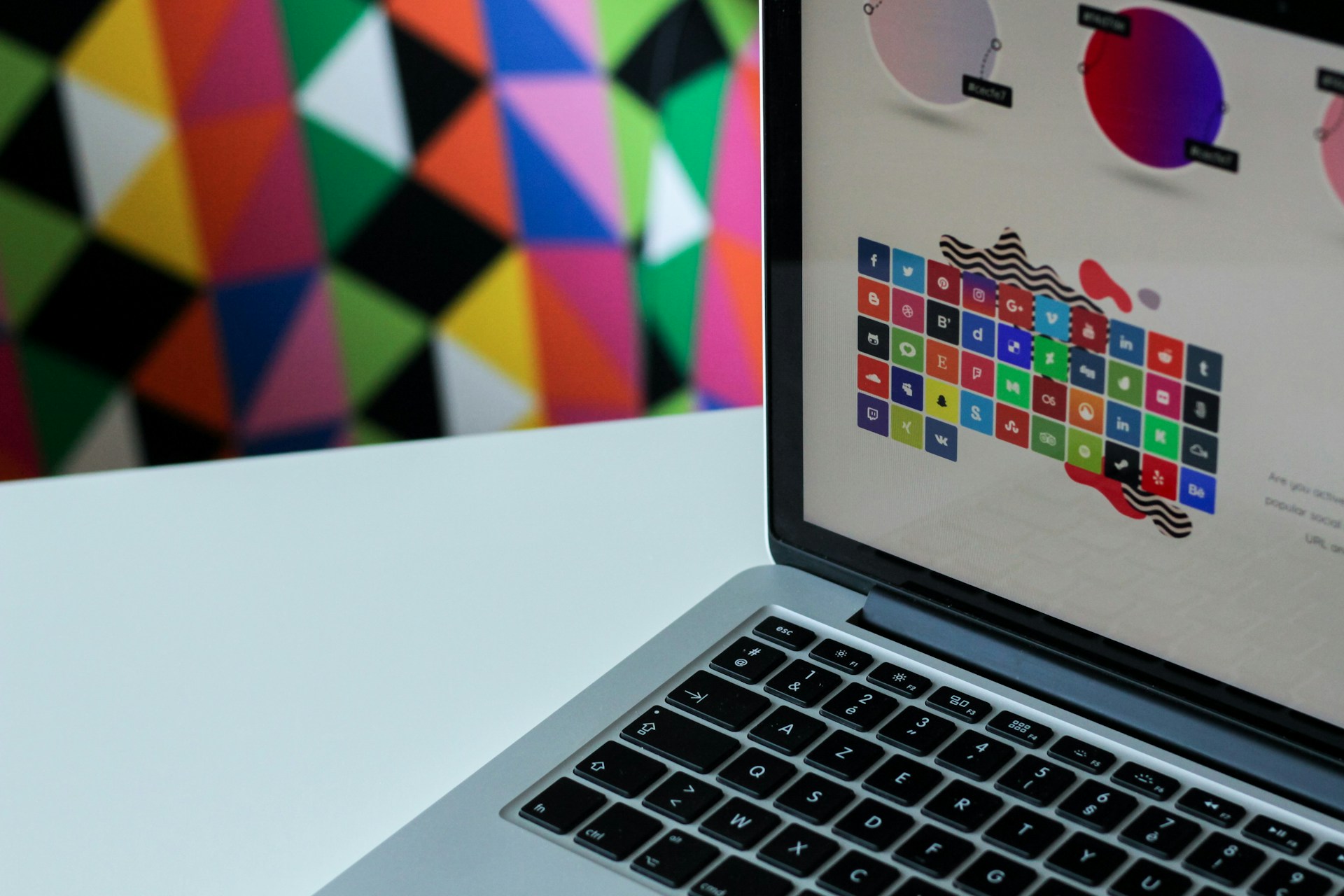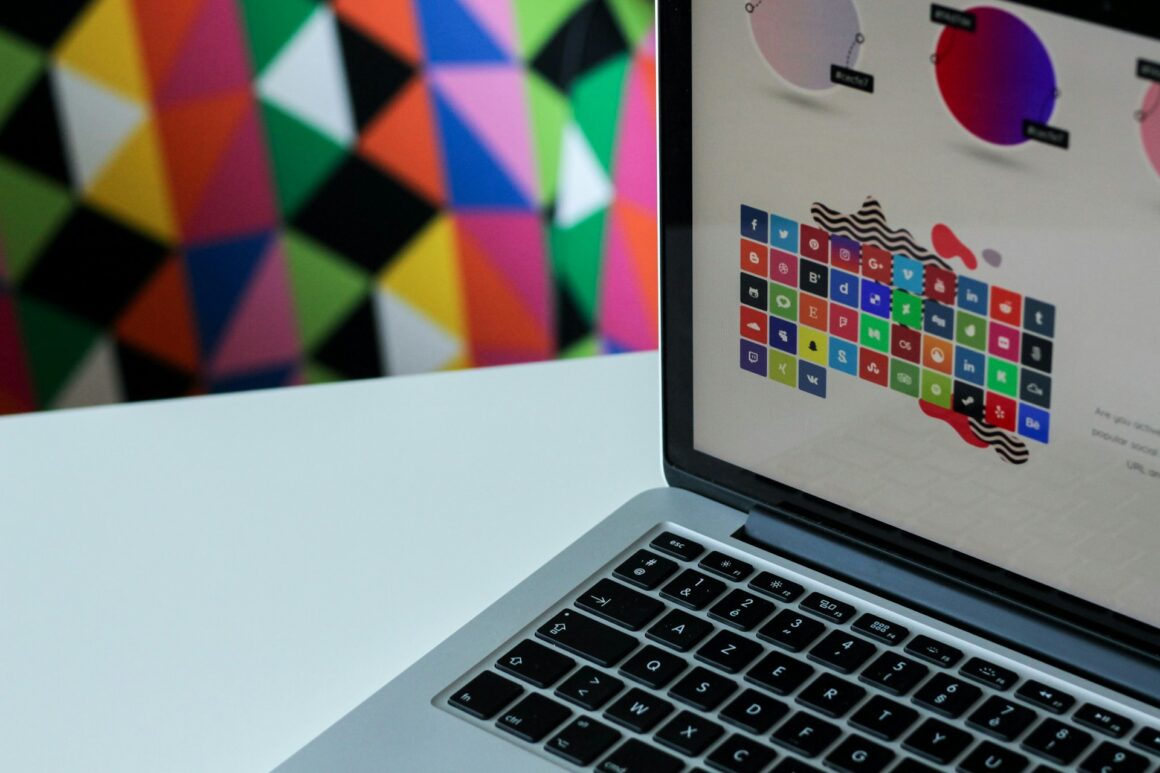
A designer’s creative process often begins with inspiration — sometimes a sketch, a photograph, or a raster image pulled from a digital mood board. But when it comes to logo design, these early ideas need to evolve into something much more precise: a scalable, editable, and clean vector format. This is where converting an image to SVG becomes an essential step in the workflow.
Whether you’re a designer working with a hand-drawn illustration, a flattened PNG, or a bitmap logo sent by a client, it’s now possible to transform that image into a vector file using Creative Fabrica’s image vectorization tool. Through vectorization, your graphic becomes flexible, resolution-independent, and ready for professional use across digital and print platforms.
In this article, we’ll explore what SVG is, why it’s essential for logo projects, how image-to-vector conversion works, and how to optimize your file for accurate and reliable results.
The SVG Format in Logo Design
SVG stands for Scalable Vector Graphics. Unlike raster formats like PNG or JPG — which store image data as pixels — SVG uses XML-based code to define shapes, paths, and curves through mathematical equations. This structural difference gives SVG several key advantages in the context of logo design.
The most important one is infinite scalability without loss of sharpness. Whether it’s for a website favicon or a storefront sign, SVG maintains perfect quality and clean edges. Additionally, vector files are fully editable: curves, strokes, proportions, and colors can be adjusted without compromising the final visual quality.
As digital artist Aida González Vázquez explains:
“SVG stands for Scalable Vector Graphics. This format allows you to save vector designs. These images are made of vectors instead of pixels. They are scalable, so you can resize them as much as you want without losing quality.”
These characteristics make SVG the industry standard for logos, icons, and visual identity elements that need to be versatile and sharp across both digital and print media.
The Challenge: Logos Trapped in Raster Formats
Despite the advantages of SVG, many logos still exist only in raster formats — such as JPG, PNG, BMP, or TIFF. This is common when a logo has been scanned from paper, created in non-vector software, or exported without preserving the original vector file.
While these versions might look fine on small screens, they come with serious technical limitations. They lose quality when resized, are difficult to edit, and don’t work well with cutting plotters or laser machines. Moreover, raster files tend to be heavier and less optimized for web performance.
To make them truly usable in professional workflows, vectorization is essential.
What Is Vectorization?
Vectorization is the process of converting a raster image into vector paths. The software analyzes the shapes, outlines, and color areas of the original image and translates them into scalable vector data. This allows you to transform sketches, icons, or image-based logos into editable SVG files, compatible with software like Illustrator, CorelDRAW, or even web browsers.
Online image-to-SVG converters make this process simple by automatically analyzing and tracing any uploaded image to produce a clean, functional SVG file. Instead of redrawing by hand or using complex vector tools, you get a precise result in seconds.
Preparing the Image for SVG Conversion
To achieve the best outcome, vectorization requires preparation. Not all images are ideal candidates by default — especially those with a lot of detail, visual noise, or low contrast. When preparing an image for logo use, consider the following technical points:
- Use high-contrast images. Black and white graphics or those with well-defined edges are ideal for accurate tracing.
- Simplify the design. Logos should be clear and straightforward; removing textures or excessive gradients improves the conversion result.
- Prefer lossless formats. PNG and TIFF are ideal. Avoid compressed JPGs, as artifacts can confuse the outline detection algorithm.
- Resize if needed. Images around 1000px wide offer a solid base for automatic vectorization.
Working with a well-prepared image ensures that the final SVG captures the structure and visual identity of the original artwork with fidelity.
From SVG to Final Logo
After converting your image to SVG, the file becomes part of your editable design system. You can open the SVG in any vector software to apply brand colors, add typography, adjust proportions, and align elements precisely. Every anchor point, curve, or stroke can be refined to achieve the ideal balance.
This is one of the most important moments in the branding process:
- Enables alignment of all elements using vector guides.
- Facilitates export to multiple formats (AI, EPS, PDF, DXF) from the same base file.
- Allows creation of variations — horizontal, vertical, icon-only — without compromising quality.
- Enables converting text to outlines for professional printing, removing font dependencies.
For production workflows involving cutting machines or physical applications (stickers, engravings, embroidery), having a clean SVG is essential. These machines don’t interpret pixels but rather vector paths. A well-done vectorization ensures precise cuts and consistent results.
Final Thoughts
Creating logos demands clarity, scalability, and durability. A raster image can be a starting point, but it’s the vector that defines the final standard. By using online tools like the image vectorizer, designers and creators can turn any image into a professional-ready vector file.
Whether building a brand from scratch, digitizing a hand-drawn sketch, or preparing files for printing and production, knowing how to convert images into SVG is a key technical skill. It ensures that your logo is more than just visually appealing — it’s technically solid, versatile, and ready for any challenge — from screen to paper, from digital to physical.


